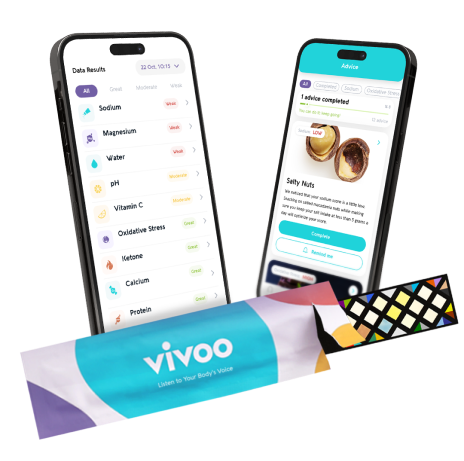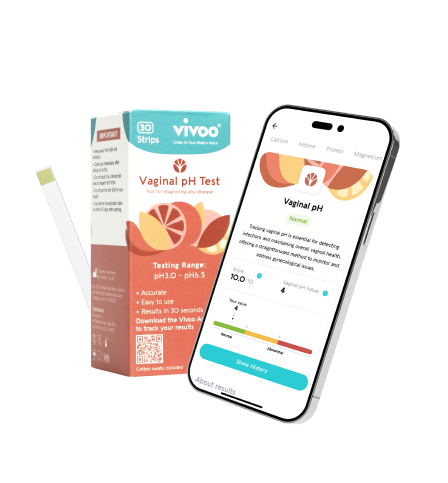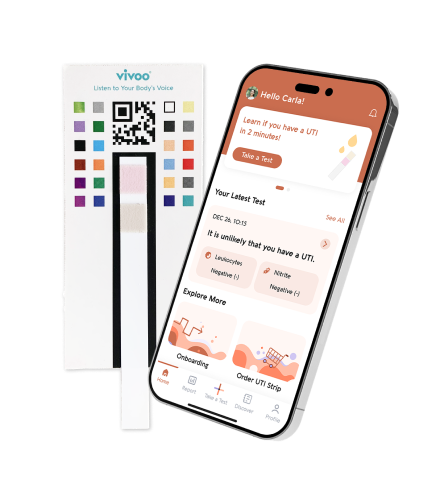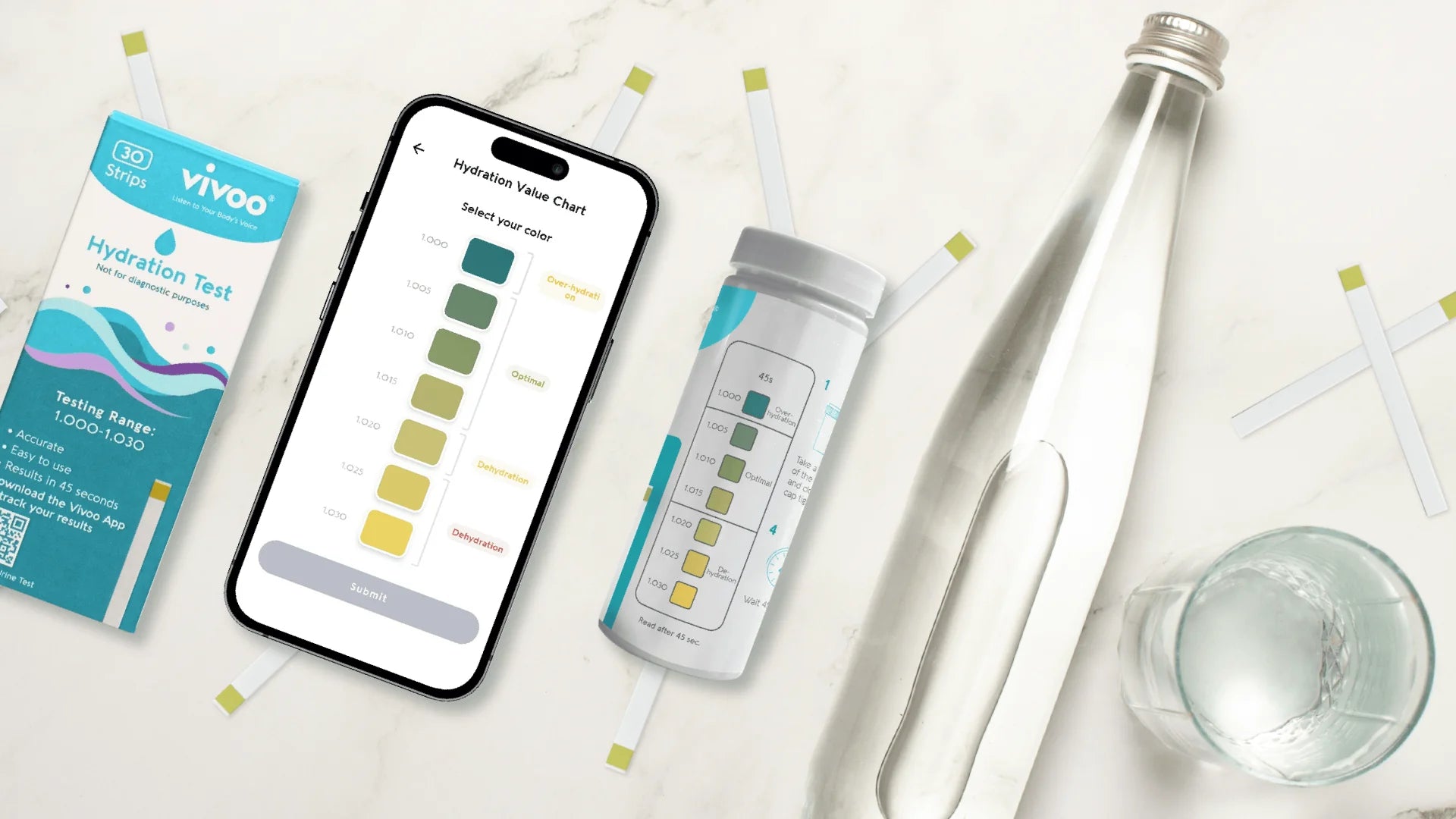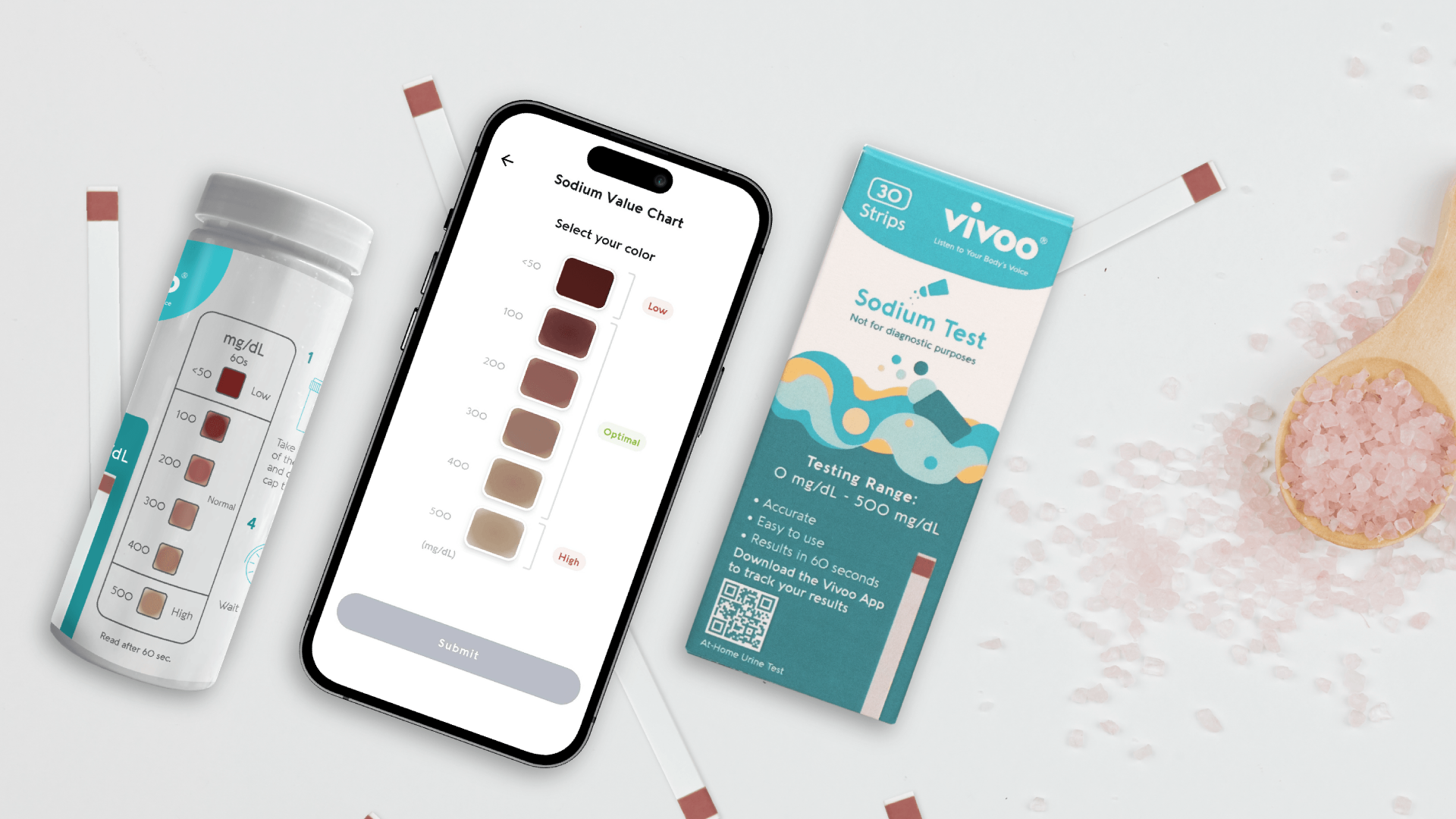We’ve all heard of the importance of Vitamin D, but what’s the difference between Vitamin D and Vitamin D3? Is one better than the other? And how does Vitamin D3 actually work in our bodies? In this blog post, we’ll answer all of these questions and more! So without further ado, let’s dive in!
Related: Importance of Getting Enough Vitamin D
What is Vitamin D, and what does it do?
Vitamin D is a fat-soluble vitamin that is naturally present in only a few foods and also available as a dietary supplement. It can also be synthesized in the skin from cholesterol when exposed to ultraviolet B radiation from sunlight.
Vitamin D can be found in several foods, including fatty fish, eggs, and fortified milk. In recent years, there has been an increase in foods fortified with Vitamin D, such as breakfast cereals and orange juice. Vitamin D deficiency is common among people with limited sun exposure, such as those who are housebound, have darker skin pigmentation, live in northern latitudes, or wear clothing that covers most of their skin when outdoors.
What are the benefits of Vitamin D?
Vitamin D promotes calcium absorption in the gut and maintains adequate serum calcium and phosphate concentrations to enable normal bone mineralization and prevent hypocalcemic tetany. It also supports muscle function, reduces inflammation, and enhances immune function.
Furthermore, research has shown many benefits associated with higher levels of Vitamin D, including protection against heart disease, stroke, metabolic syndrome, diabetes, depression, cognitive decline, and Alzheimer’s disease.
Vitamin D forms

There are two main forms of Vitamin D: D2 and D3. Vitamin D2 is also known as ergocalciferol and is found in plant-based foods. Vitamin D3, on the other hand, is also known as cholecalciferol and is found in animal-based foods. Though both forms of Vitamin D are converted into an active form of Vitamin D in the body, they have some notable differences.
For instance, D3 is more effective at raising levels of Vitamin D circulating in the blood. Additionally, D3 is the form of Vitamin D that is produced naturally by the body when it is exposed to sunlight.
In contrast, D2 is not as efficiently absorbed by the body and is not produced naturally. However, D2 is typically found in fortified foods and supplements.
Is Vitamin D3 the same as Vitamin D?
When talking about Vitamin D, we are mostly talking about Vitamin D2. This is the form of Vitamin D that is found in food, and it is also the form that is made by our bodies when our skin is exposed to sunlight.
On the other hand, when talking about Vitamin D supplements, we usually talk about supplements containing Vitamin D3. Vitamin D3 is the other form of Vitamin D, and it is found in animal products like fatty fish and liver. It is more effective at raising levels of Vitamin D circulating in your body. However, you should check whether it contains D3 or D2 if you consider taking a supplement.
Differences between Vitamin D2 AND D3
So what are the differences between Vitamin D2 and D3? Although both Vitamin D2 and Vitamin D3 are converted into an active form of Vitamin D in the body, they differ in their potency and duration of action. Vitamin D2 is less potent and has a shorter duration of action than Vitamin D3. For this reason, Vitamin D3 is the preferred treatment for people with a Vitamin D deficiency. Additionally, Vitamin D3 is more effective at raising blood levels of Vitamin D and is better absorbed by the body. For example, Vitamin D3 has been shown to improve bone density, while Vitamin D does not appear to have this effect. Therefore, although both nutrients are important for health, Vitamin D3 may be the better choice for people who want to improve their bone health.

How much Vitamin D3 should I take daily?
According to the National Institutes of Health (NIH), the Recommended Dietary Allowance (RDA) for vitamin D is 600 IU per day for most children and adults between the ages of 19–70. The Tolerable Upper Intake Level (UL) is the highest level of daily nutrient intake with no known adverse effects for 97-98% of individuals in a given life stage or biological sex group. The UL for vitamin D is 4000IU per day for all people over 19.
How much K2 should I take with D3?
Equally important is getting enough Vitamin K2, which helps ensure that calcium stays in your bones rather than being deposited in your arteries, where it can cause plaque buildup (a process called arterial calcification). If you don't have enough K2, the D3 you take will be less effective. Good food sources of Vitamin K2 include cheese, eggs, and natto (a fermented soy food popular in Japan). You can also get small amounts of K2 from fermented vegetables such as sauerkraut and kimchi. You can also get Vitamin D from fortified foods such as milk, orange juice, yogurt, cereal, and tofu.
The Recommended Daily Allowance (RDA) for Vitamin K2 is 75 micrograms. For people who are not getting enough Vitamin K2 from their diet, taking a supplement that contains both Vitamins is a good way to ensure that they are getting the recommended amount. However, it is still important to talk to a doctor or registered dietitian before beginning any supplement regimen to ensure that it is safe and appropriate for the individual.
Final Thoughts
So, what’s the verdict? Are all vitamins created equal? In short, no. Vitamin D and Vitamin D3 are two different nutrient forms, and both have unique benefits. And don’t forget that getting your daily dose of sunshine is still one of the best ways to get your fill of this essential nutrient! How do you ensure you get enough of the “sunshine vitamin"? What are your favorite sources of Vitamin D? Let us know in the comments below!
